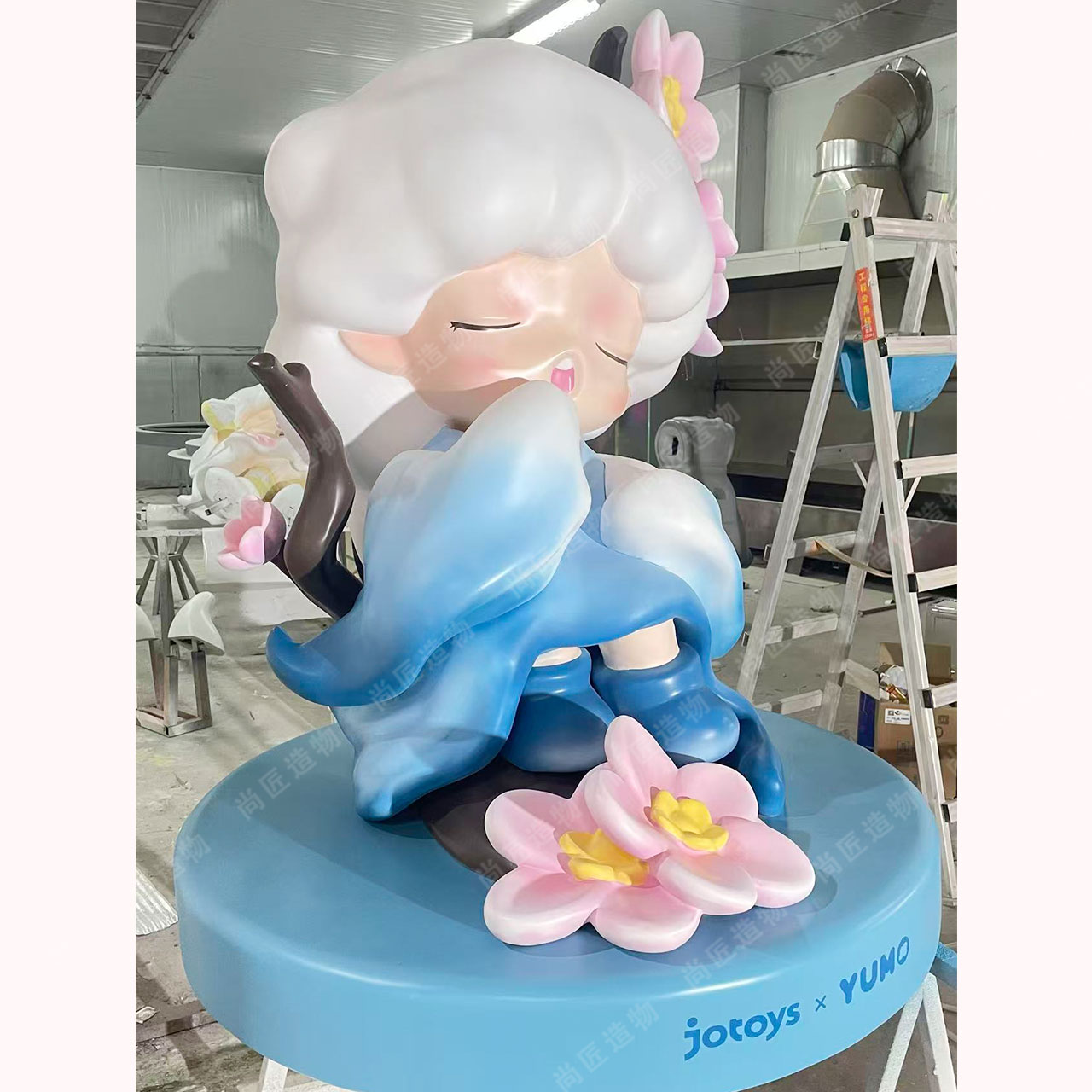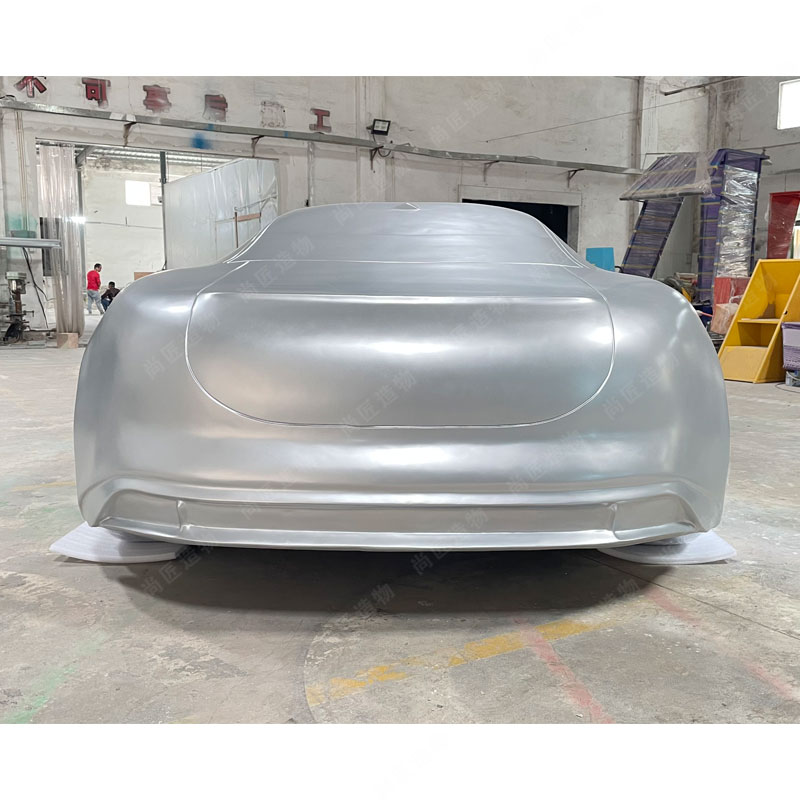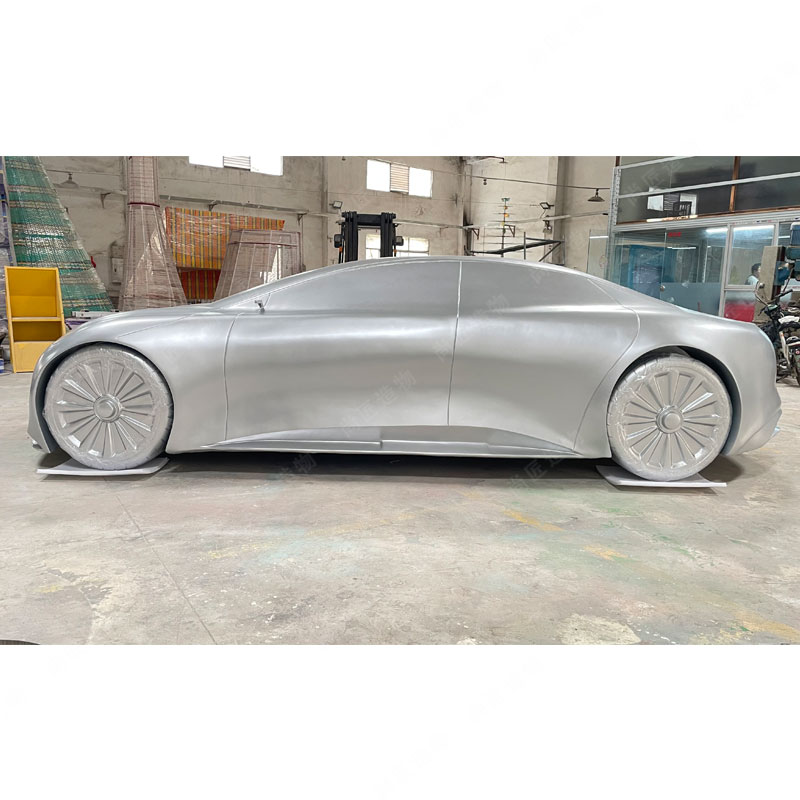Kinetic sculptures serve as a powerful blend of art and science, drawing viewers into a world where movement breathes life into creativity. These artworks not only engage audiences visually but also encourage active participation through their dynamic designs. The interaction between the sculptures and their environments, whether influenced by wind or human activity, amplifies community connections. Such engagement fosters conversations about shared cultural identities and local narratives. Moreover, the incorporation of branded mascot sculptures exemplifies how art can symbolize community spirit while inviting collaboration among artists and residents alike. As kinetic sculptures continue to inspire innovation and creativity, they transform public spaces into interactive experiences that celebrate both movement and artistic expression.
The Art and Science Behind Kinetic Sculptures
Kinetic sculptures merge artistry with engineering principles, creating unique visual experiences that captivate viewers. These artworks often utilize mechanics, physics, and design to achieve movement, transforming static elements into engaging displays. The balance of aesthetics and functionality is crucial; artists must carefully consider how materials interact with motion. The interplay of wind, gravity, and mechanical elements brings kinetic sculptures to life, allowing them to respond to their environment. This dynamic nature not only underscores the artistic intent but also encourages viewer interaction, sparking curiosity and inspiring creativity. By exploring the intersection of art and science, kinetic sculptures exemplify how creativity can manifest in physical form while inviting communities to appreciate the beauty of movement. For more detailed insights into kinetic sculpture, consider exploring various installations that highlight these principles in action.

Engaging Communities Through Branded Mascot Sculptures
Branded mascot sculptures serve as a powerful medium for community engagement, bringing people together through art and creativity. These dynamic sculptures often symbolize local culture and identity, inviting everyone to participate in their stories. By incorporating fun and inviting designs, these artworks can spark conversations and foster connections among residents.
"Art speaks where words are unable to explain." – Victor Hugo
Hosting events around these sculptures can further enhance community interaction. For instance, local parades or exhibitions can allow residents to experience the movement of kinetic art firsthand. Collaborating with schools or organizations for workshops can also encourage creative participation, promoting a sense of ownership and pride in the artwork. Exploring ideas like these not only showcases creativity but also builds strong community ties through shared experiences. For more information on designs and ideas, check out IP character sculpture.

Celebrating Movement: The Essence of Kinetic Art
Kinetic sculpture stands out for its ability to bring life to art through movement. This dynamic form captivates observers by inviting them to engage with the artwork on multiple levels. A key element of kinetic art is how it interacts with its environment, whether through wind, gravity, or human touch. Artists often design these sculptures to be in constant motion, creating a visual dialogue between the piece and its audience. This engagement fosters a sense of community as people gather to experience and discuss the lively creations together.
In community events like the Kinetic Sculpture Race, these artworks become vehicles for creativity and teamwork, showcasing both engineering ingenuity and artistic expression. The event atmosphere highlights how kinetic sculptures can inspire conversations around innovation while celebrating the joy of movement in art. As these sculptures twist, turn, and glide, they invite spectators to celebrate not only the art itself but also the collaborative spirit that fuels such artistic endeavors.
| Element | Description |
|---|---|
| Interaction with Environment | Engages energy sources like wind or human movement |
| Community Involvement | Fosters gatherings for discussions and experience sharing |
| Artistic Expression | Combines engineering skills with creative design |
Unlocking Creativity in the World of Kinetic Sculpture
Kinetic sculpture challenges traditional art by adding movement as a vital element. Artists use various materials and mechanics to create pieces that bring their ideas to life. The process involves carefully designing sculptures that not only capture attention but also inspire interaction. As people engage with these artworks, they often provoke thoughts on creativity and movement. Additionally, kinetic sculptures serve as platforms for community engagement, where local artists and audiences can come together. Whether through workshops or exhibitions, these dynamic artworks foster a collaborative spirit in the art world. The incorporation of branded mascot sculptures illustrates this trend further, encouraging both artists and viewers to explore new dimensions in the expressive medium of kinetic art. For more inspiration on this concept, check out Cartoon sculpture.

Innovative Design: Mascot Sculptures in Motion
Kinetic sculptures, particularly branded mascot sculptures, highlight creative design paired with dynamic movement. These artworks utilize a variety of materials, including lightweight options like Fiberglass sculpture, allowing for intricate shapes and forms that capture viewer attention. By incorporating elements that move or sway, designers create a captivating experience. The playful nature of mascot designs encourages interaction and adds to the lively atmosphere at events. As these sculptures rotate or oscillate, they symbolize the joy of movement, effectively embodying the spirit of engagement and celebration within their communities. This innovative approach not only showcases artistic talent but also fosters a deeper connection between art and audience.
Kinetic Art: Blending Creativity and Community Engagement
Kinetic art, with its emphasis on movement, naturally fosters community engagement. Events like kinetic sculpture races draw participants and spectators together, allowing them to experience the dynamism of these creations. Sculptures often represent local themes or icons, prompting conversations about shared cultural identities. This interaction cultivates a sense of belonging among community members, as they collaborate in building and showcasing these art forms. Moreover, educational workshops related to kinetic art can further deepen involvement, teaching techniques in engineering and design while encouraging individuals of all ages to express their creativity. As communities come together to celebrate these artistic expressions, they not only appreciate the craftsmanship but also strengthen their social ties.
Exploring the Vibrancy of Dynamic Art Forms
Kinetic sculptures bring a unique energy to art, connecting audiences through their moving parts and interactive designs. These artworks invite spectators to engage not just visually but also physically as they respond to movement and change. The playful nature of kinetic sculptures captures the essence of creativity, allowing viewers to experience art in an innovative way. This dynamic form also fosters community interaction; local artists often collaborate with residents to create engaging installations that reflect communal values and interests. By showcasing these sculptures at events, communities can celebrate their creativity while also promoting collaboration among artists, engineers, and the public.

The Role of Movement in Kinetic Sculpture's Impact
Movement serves as the heartbeat of kinetic sculpture, bringing static form to life and captivating audiences in a unique way. This dynamic quality draws viewers in, challenging them to consider the interplay between art and physics. As kinetic sculptures sway, spin, or glide, they create an immediate connection with their environment, transforming public spaces into vibrant art installations. The movement not only engages observers but also spurs interactions among them, fostering community involvement and dialogue. By embodying motion, these works encourage audiences to reflect on themes of change and creativity while evoking a sense of wonder. Ultimately, the role of movement in kinetic sculpture enhances its impact significantly, turning each piece into an experience rather than just a visual spectacle.

Conclusion
Kinetic sculpture not only stands as an artistic expression but also serves as a catalyst for community engagement and interaction. The interplay of movement within these pieces invites viewers to participate actively, transforming mere observation into an immersive experience. This connection to the audience fosters a deeper appreciation for the artistry involved in creating these dynamic forms. As communities surround themselves with branded mascot sculptures and other kinetic creations, they engage in a shared dialogue about culture, innovation, and identity. The impact of kinetic sculptures extends beyond visual aesthetics, enriching community life and inspiring creative collaboration among artists and residents alike. Through this vibrant exchange, kinetic art continues to celebrate movement and creativity in meaningful ways.
FAQs
What is kinetic sculpture?
Kinetic sculpture is a form of art that incorporates movement, often using mechanical elements to create dynamic visual experiences.
How do branded mascot sculptures engage communities?
Branded mascot sculptures foster community interaction by representing local culture and inviting residents to connect through art and creativity.
What materials are commonly used in kinetic sculptures?
Kinetic sculptures often use a variety of materials such as metal, wood, and fiberglass, chosen for their ability to facilitate movement and engage viewers.
How do kinetic sculptures relate to engineering?
Kinetic sculptures blend artistic design with engineering principles, requiring careful planning of mechanics and materials to achieve desired movements.
Why is movement important in kinetic art?
Movement is essential in kinetic art as it transforms static forms into engaging visual experiences, inviting viewer interaction and emotional connections.
 ch
ch English
English






